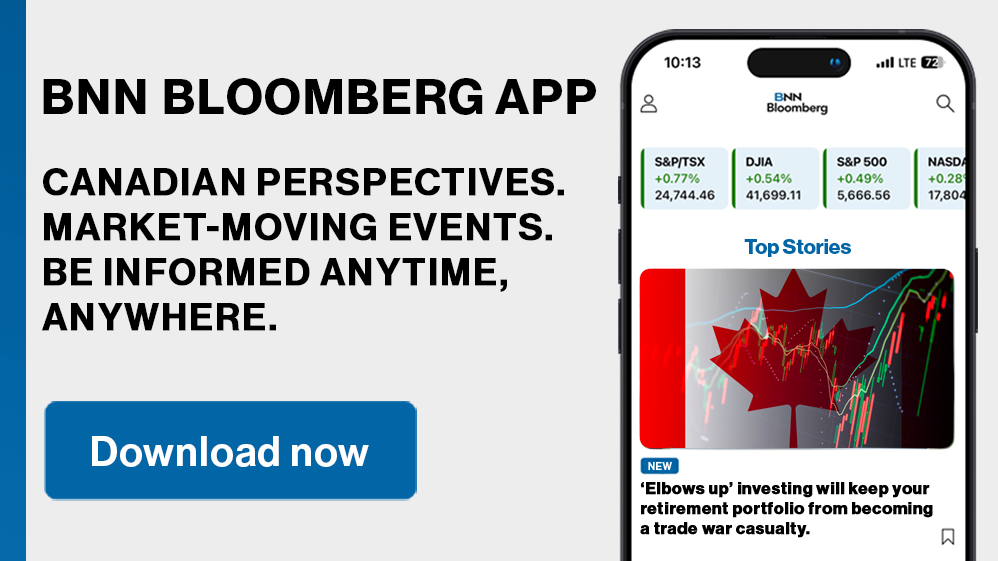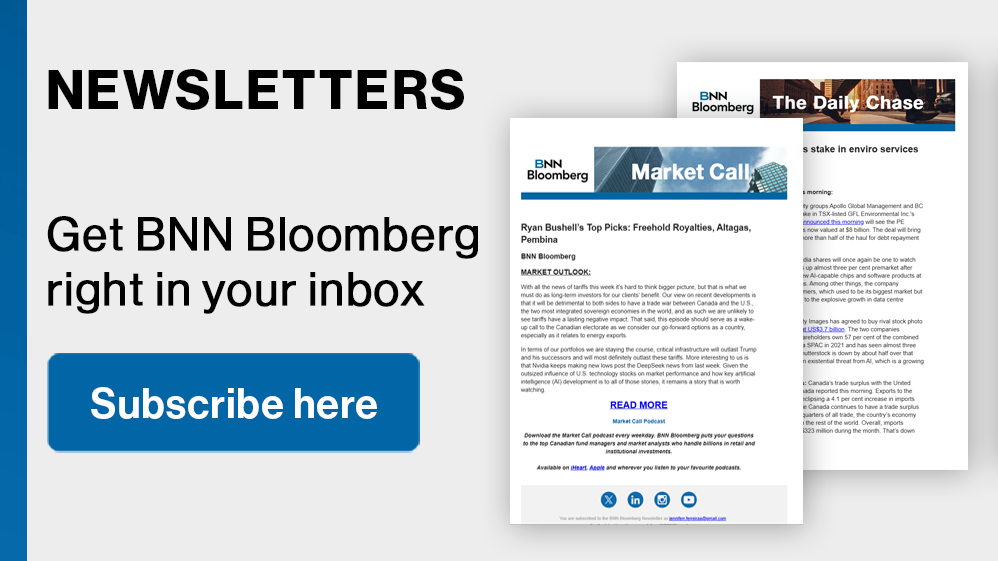Are you looking for a way to put your money to work for you?
Setting money aside in a high-yield savings account can be an excellent alternative to a traditional savings account, as you’ll be given the opportunity to earn significantly more interest in the long run.
Below, I’ll share some helpful tips and things to keep in mind so you can find the best high-yield savings account for your individual needs.
How does a high-yield savings account work?
A high-yield or high-interest savings account works almost exactly like a traditional savings account that you would open alongside your chequing account. There’s one key difference, though: the annual percentage yield (APY) is much higher. This means that you can earn more in interest, as long as you keep your funds sitting.
With a traditional big bank savings account, you may only be able to earn a fraction of a per cent on the money you have saved. This means that even if you have $100,000 saved, you may only earn a few hundred dollars per year in interest.
High-interest savings accounts, on the other hand, can offer rates that are over 100 times higher. To access these better rates, it’s necessary to look beyond the big banks—I’ll share tips on how to find these accounts below.
Things to keep in mind when shopping for a high-yield savings account
Not all high-yield savings accounts offer the same benefits. Here are a few things to keep in mind as you begin shopping around.
Interest rates are subject to change
When it comes to high-interest savings accounts, interest rates are never set in stone. They’re going to periodically fluctuate, depending on current economic conditions, similar to the way credit card interest rates or mortgage rates change based on the central bank’s overnight rate.
This is why it’s always important to read through the fine print when comparing banks.
For example, it’s not uncommon for a high-yield account to offer an unrealistically high rate as a short-term promotion to get customers to sign on, only to cut that rate in half the next year.
Minimum deposit
Some high-interest savings accounts will require a minimum deposit to open the account. This could be as low as $100 or as high as $2,000. Often, the banks that offer higher long-term rates and better benefits set higher initial deposit limits in an attempt to attract higher net worth customers.
This isn’t always the case, but you’ll still want to check the minimum deposit set by the bank for its high-yield savings account, so you can find one that fits your budget and savings.
The bank’s customer service
With recent advancements in online banking, you shouldn’t have to call the customer service line too often. However, when you do need additional help or have concerns about fraudulent activity, it’s nice to have a competent and friendly customer support staff you can rely on.
When comparing banks, take some time to read through customer reviews and make note of references to customer service.
Maximum deposit limits
If you plan on saving long-term or making larger deposits, another important thing you’ll want to look into is the maximum deposit limit for the account.
To prevent ultra-high net worth individuals from taking advantage of the system, high-yield savings accounts typically have a maximum deposit limit -- usually between $100,000 and $200,000. This means that once you hit the limit, you won’t be able to deposit more until you withdraw from the account.
Bank fees
Generally speaking, you shouldn’t have to worry about fees too much. However, depending on the frequency of your withdrawals or transfers to outside bank accounts, it’s still worth looking into the fee structure of a high-yield savings account to ensure that you won’t be paying too much out of pocket when you do need to make transfers periodically.
How to shop for the best high-yield savings account
Now that you know a little bit more about what to look for as you compare rates, here’s how to quickly narrow down your selection.
- Step 1: Check with the bank you already use: The bank you already use and trust may offer a high-yield savings account, which can make it simpler and easier to open.
- Step 2: Use a rate-comparison platform: Consider using a rate-comparison platform like highinterestsavings.ca or nerdwallet.com to compare live rates offered by competing banks side by side
- Step 3: Read through customer reviews: Before making a final decision, read through some of the online reviews that other customers have had working with the bank(s) you’re interested in to ensure that the bank and its customer service aligns with your values and needs.
Set it aside and forget it
Thanks to their high annual return rates, a high-yield savings account can be an excellent wealth-building tool. It can also be a great way to offset the effect of inflation, helping you to preserve the value of your savings even if the dollar loses value over time.
That being said, if you want to make the most of your high-yield savings account, the best thing you can do is to leave your savings sitting in the account, and don’t withdraw it unless you absolutely need to for an emergency. This will allow you to take full advantage of compounding interest, so your savings can grow larger by the year.
Christopher Liew is a CFA Charterholder and former financial advisor. He writes personal finance tips for thousands of daily Canadian readers at Blueprint Financial.


